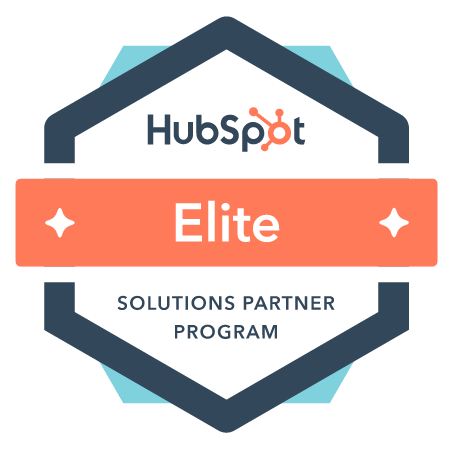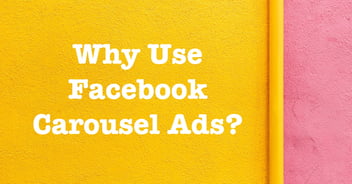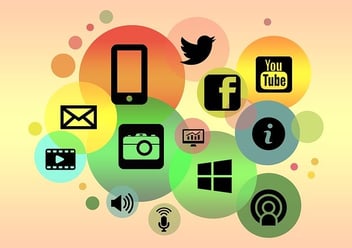Email workflows are automated sets of emails scheduled to go out to a select group of contacts over a specified period of time in order to prompt them to take action. Workflows can seem like a daunting task if you don’t know where to start. The number one rule in building an email marketing workflow to identify why you’re doing it in the first place—your goal. Let’s get started!
- Identify your goal

- Select the persona you’re speaking to
- Understand their buyer’s journey
- Start at the top of the funnel
- Build your outline
- Draft your emails
- Use the HubSpot tool to automate your workflow!
1. Identify your goal
Every inbound marketing task should work toward only one goal, and email workflows are no exception. An example of a workflow goal is to nurture a website lead into scheduling an appointment with your sales team. If you set as your qualification metric submission of an email address on a particular website form (for example, an ebook download), you can use your email workflow to educate these recipients over time to get them to schedule an appointment. Most people who wish to download an ebook are not familiar enough with your service to want to speak to a sales person yet; by nurturing them over time with additional content, you can educate them while also qualifying them as a sales lead.
2. Select the persona you’re trying to speak to
Selecting the persona you wish to accomplish the goal you desire is vital in understanding what your recipients need during their journey through your workflow and when they need it. During this journey, they could be starting with absolutely no knowledge of your business or the service you offer, so you’ll need to warm them up with knowledge and education to nudge them toward taking the action you desire.
3. Understand their buyer’s journey
By understanding your persona’s buyer’s journey, you’re able to identify the right timing for delivering certain information. For example, if the recipient of your workflow knows nothing about you, sending a pricing guide of your services would not be a useful tool; however, a link to a helpful blog article or ebook about your process could lay important groundwork.
4. Start at the top of the funnel
Always be aware that recipients entering your workflow may not know how to take the action that you've set for your goal—and will likely have no desire to—at the beginning of the process, so be sure to start slow.
5. Build your outline
Before you dive into your HubSpot tool to start building out your workflow, start by drawing out your funnel with your goal at the bottom and the qualifying factor at the top. Be aware of where your recipients are starting at the top of your funnel. (For example, was it simply an ebook download that qualified them? Then, begin to plan the educational content offers you will include in each email and when to send them in the timeline of the flow.
A workflow should have 4–7 emails; be sure not to send fluff emails simply to fill space. Align your timing with the length of your typical sales cycle. If you know that your prospects typically take 12–18 months before making a buying decision, make your workflow extend out over a longer period of time. Also, keep in mind that if your qualifying factor is the same factor that subscribes your visitor to your automated blog notification email, they’ll be getting additional emails (and you don’t want to inundate your recipient with too much, too fast). Examples of content for workflow emails include ebooks, blog articles, infographics, goal planning checklists, pricing sheets, and white papers.
6. Draft your emails in HubSpot
While the workflow is working toward one goal, your individual emails should each have its own specific goal as well. Your emails should be short and to the point and offer only one task for the recipient to accomplish. This task can be expressed with a call-to-action button or with a large and obvious link. Note that if your recipient already submitted a form for a piece of content, you should not repeatedly ask them to complete forms; you can simply offer them the content directly and track the click-through rate of your email. Once your emails are drafted in HubSpot, save them for automation.
7. Use the HubSpot tool to automate your workflow!
Travel to your HubSpot workflow tool, add your emails to your workflow, set the delays between each email, select the list or qualifying factor for your recipients, and set it live!
If you don't have the time or inclination to prepare you own email marketing workflows, contact us to get started!




